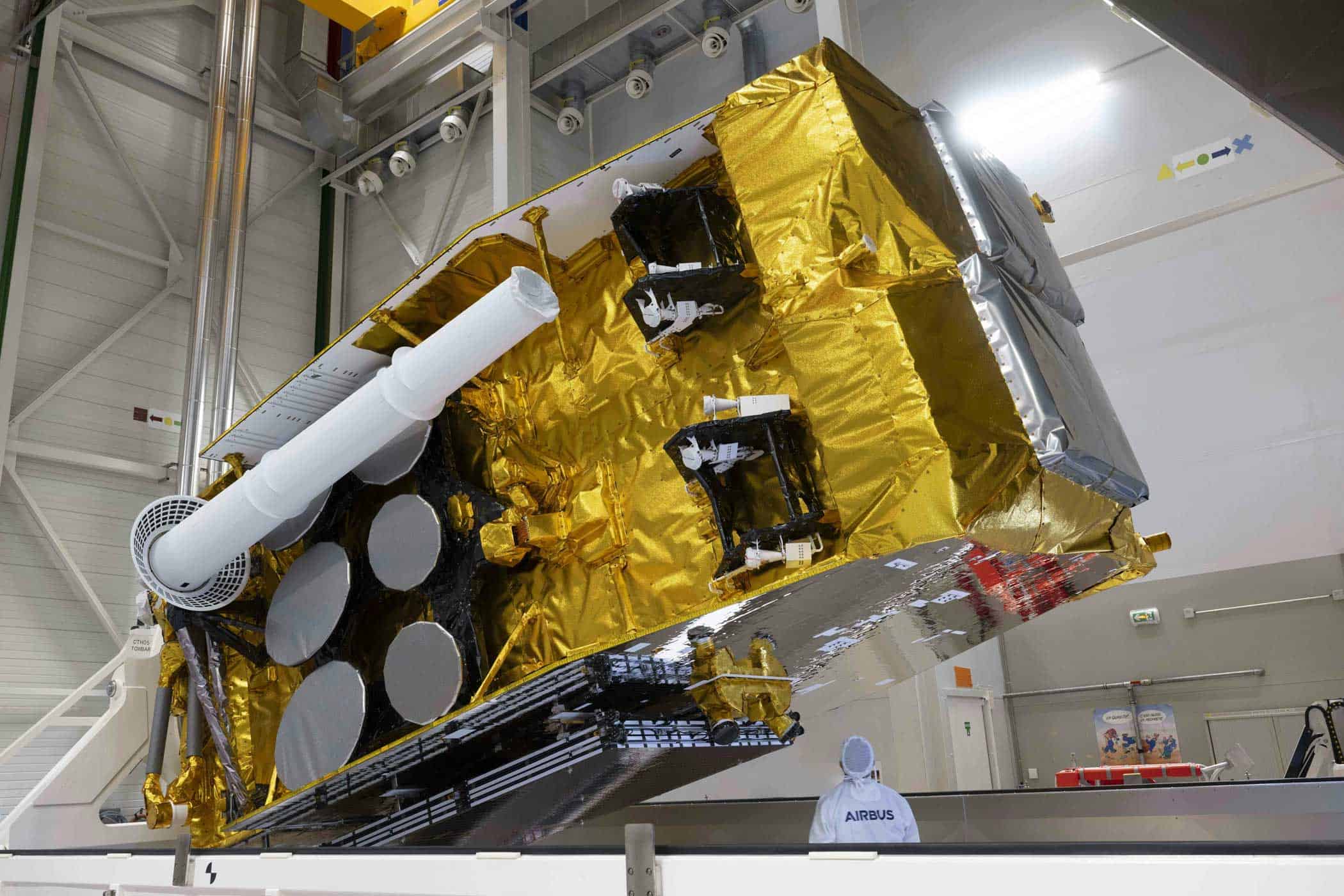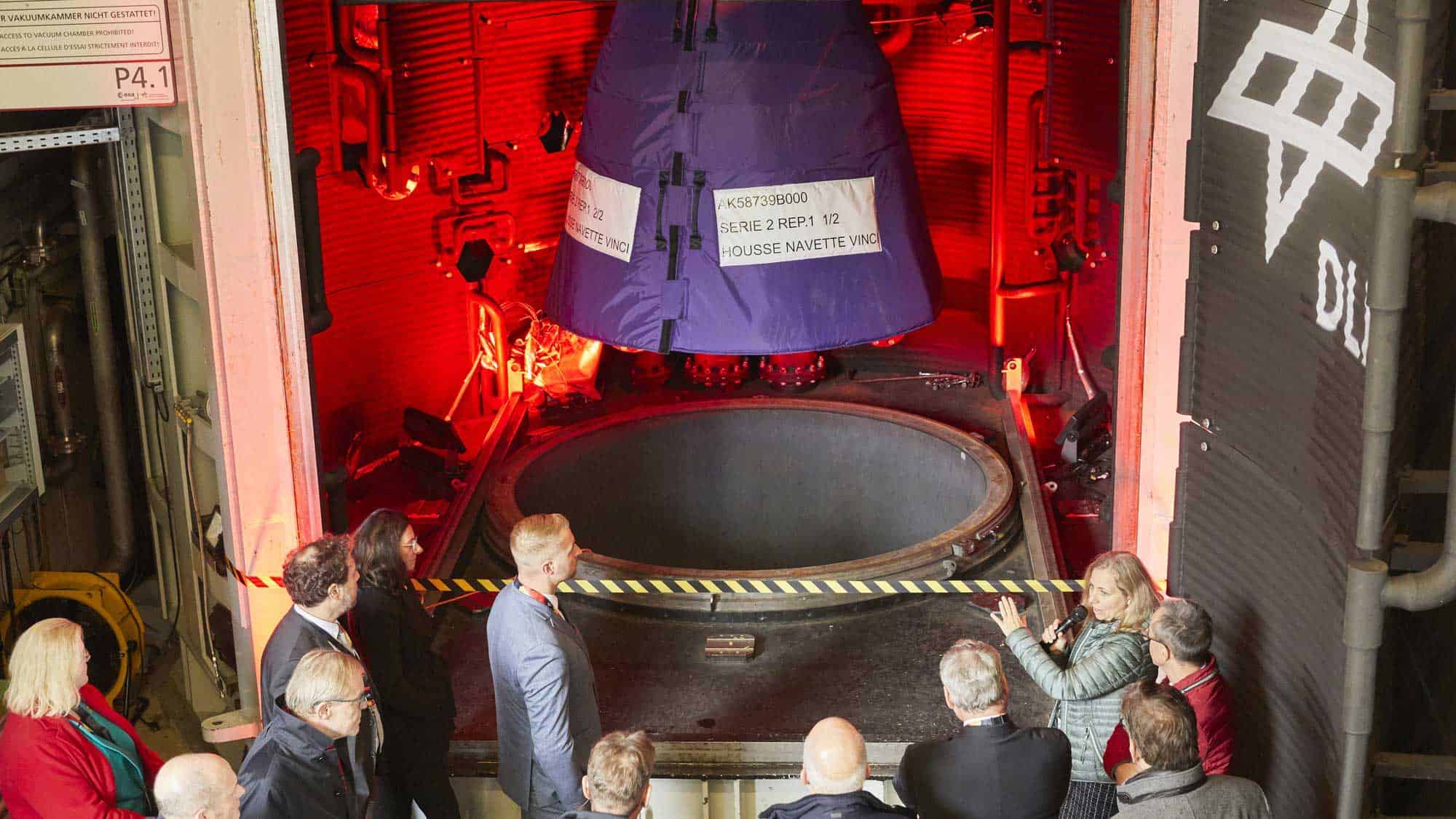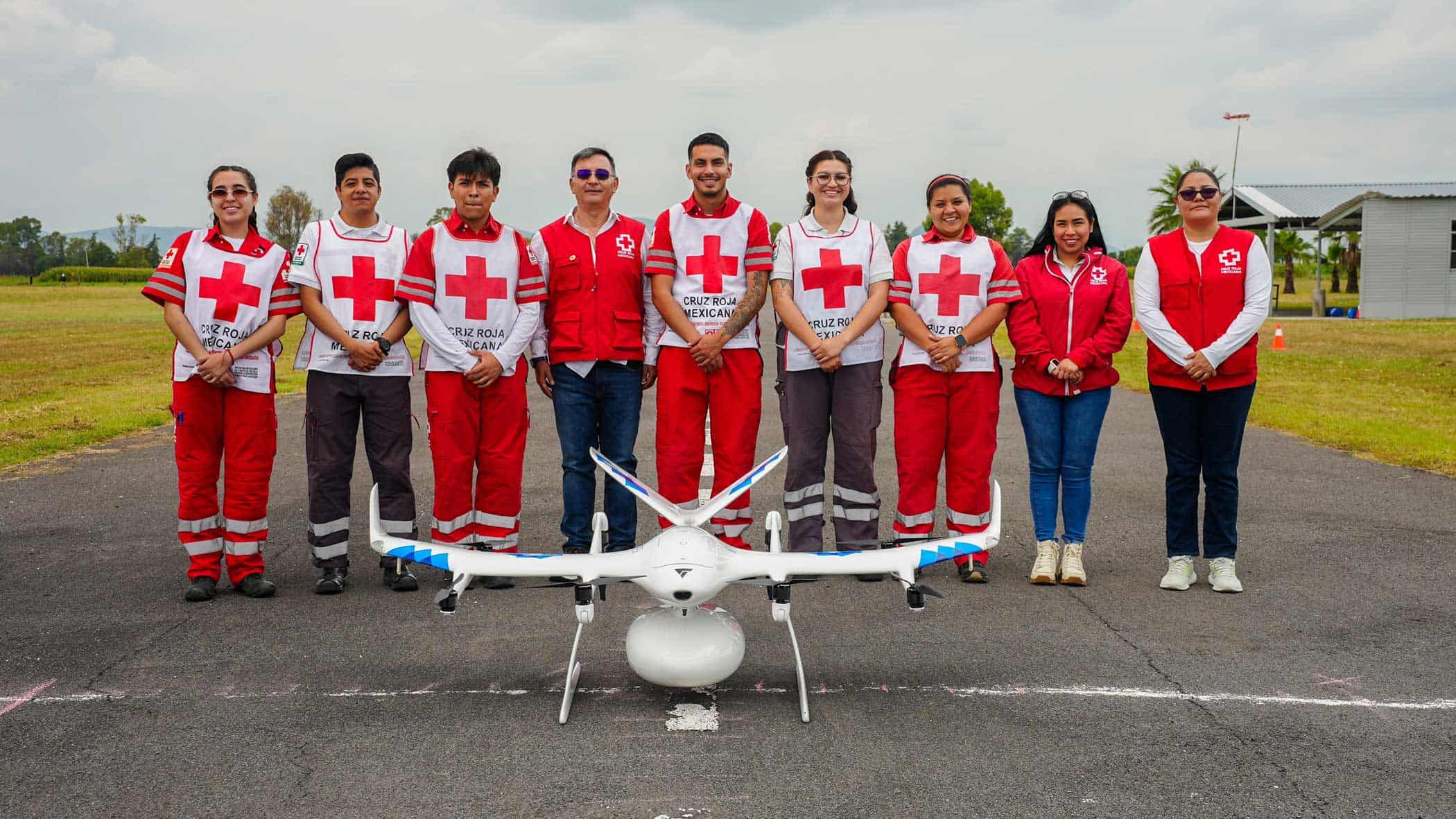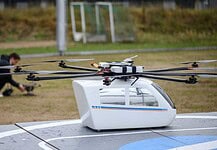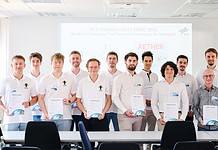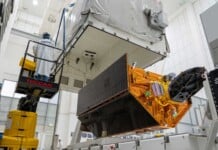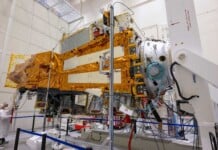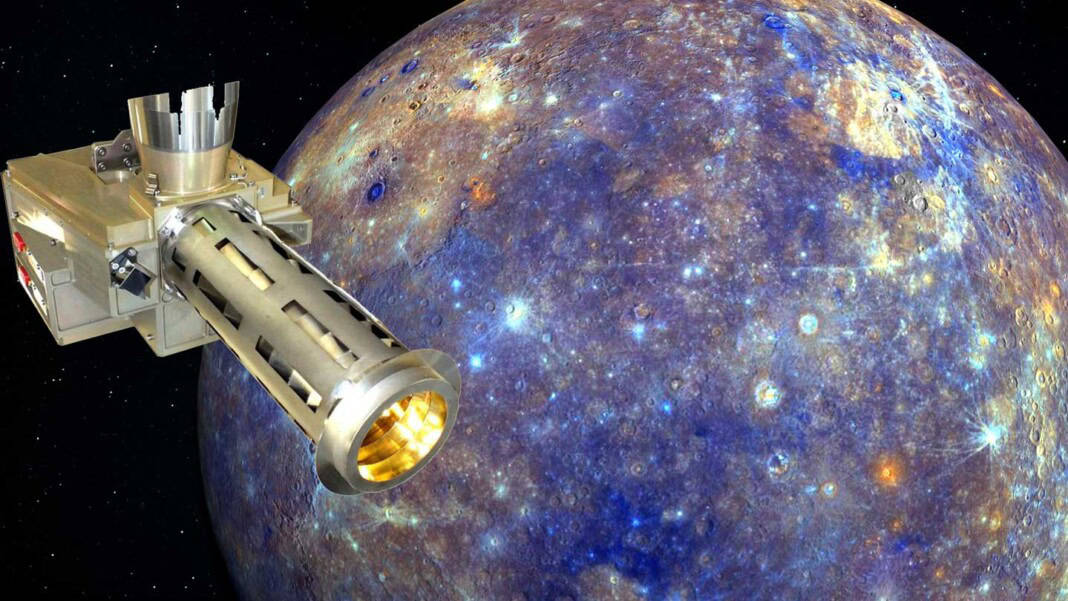
This site is also available on:
Deutsch
The German Aerospace Center (DLR) founded the new Institute of Space Research in Berlin-Adlershof on May 1. The goal is to create a world-leading center of excellence by pooling expertise in the fields of optical sensor systems, planetary research, and Earth observation.
A new competence center is being created
The DLR Institute of Space Research combines the knowledge and expertise of the previous Institutes of Optical Sensor Systems and Planetary Research. With approximately 300 employees, the new institute covers the entire chain of space research, from the initial idea through design and construction to the analysis of the collected data. This expertise enables the development of new technologies in collaboration with partners from science and industry.
DLR strategy and global cooperation
The institute actively participates in national and international space missions and contributes to solving societal challenges such as climate change and security. It supports Germany‘s space strategy and works closely with ESA, NASA, JAXA, and other space agencies. Thus, it contributes to the achievement of the goals of international science and exploration programs.
DLR leadership change and strategic partners
The DLR Supervisory Board made the decision to establish the institute in March 2024. Prof. Heinz-Wilhelm Hübers will head the new institute, while Prof. Heike Rauer will serve as the Executive Board’s representative for ESA affairs. She will also intensify collaboration with the Free University of Berlin in planetary geophysics.
Objectives and social relevance
With the opening of the institute, DLR aims not only to expand its scientific capacity but also to address societal issues. Topics such as climate change monitoring and promoting space safety are key. Through intensive research and innovative approaches, the institute aims to contribute to addressing key questions of our time.
The DLR, Germany’s leading aerospace research institution, has been promoting innovations in space technology for many years. With our work, we not only set the course for a sustainable future but also offer comprehensive answers to the challenges facing our world. Through close collaboration with leading research institutions and industrial partners, we ensure progress on a global level.
Research for Earth and space monitoring
The Institute of Space Research develops highly specialized instruments in cooperation with industry, which are used in over 20 national and international space missions. These technologies advance the exploration of planetary environments and make significant contributions to global climate understanding.
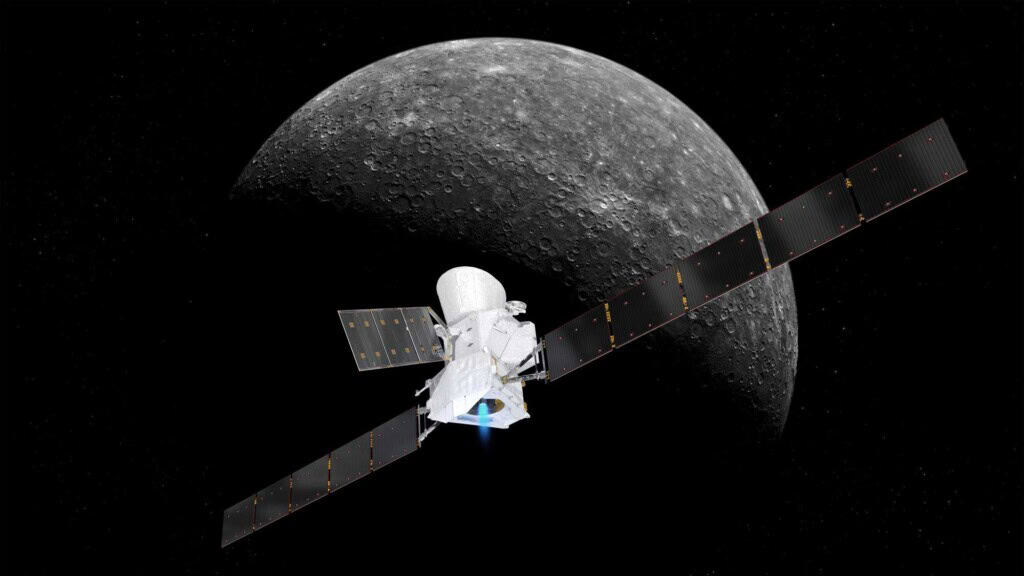
Optical sensors and space missions
At the Institute of Space Research, researchers collaborate with industry to develop advanced sensors for the full spectral range. These instruments are part of over 20 space missions, including major ESA and NASA projects such as BepiColombo, JUICE, and PLATO. Prof. Rauer’s role as Principal Investigator in the PLATO project is particularly highlighted.
Research into planetary formation
The instruments on space probes provide in-depth insights into the formation and evolution of planetary bodies such as moons, comets, and asteroids. The study of habitable environments in the solar system and beyond is gaining increasing scientific interest. Researchers are tracking the evolution of celestial bodies not only from a distance but also by analyzing terrestrial samples.
Earth observation and climate research
The institute’s scientific cameras collect critical data on Earth‘s ecology and atmosphere, contributing to improved analysis of climate change. The findings from these studies support efforts to manage the Earth more sustainably and conserve natural resources. The institute thus makes a significant contribution to environmental science.
Instruments for civil protection
The institute also uses its expertise in the areas of civil protection and disaster relief. Geodata processing supports security authorities in operational missions, increasing their efficiency. Optical instruments contribute to more effective crisis management and optimized protective measures.
The Munich Institute of Space Research (MIS) stands for excellent science and research on a global level. Cooperation with international space agencies and the development of innovative technologies demonstrate its commitment to better understanding and exploring the environment and space. The institute is continuously committed to the protection and sustainable use of our planet.

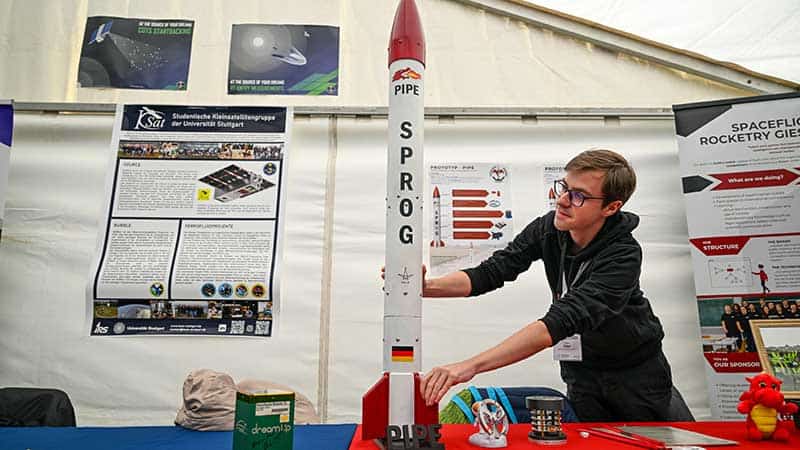 Wacken Open Air: Interstellar meeting place for space enthusiasts (Wacken Open Air: Interstellar meeting place for space enthusiasts)
Wacken Open Air: Interstellar meeting place for space enthusiasts (Wacken Open Air: Interstellar meeting place for space enthusiasts)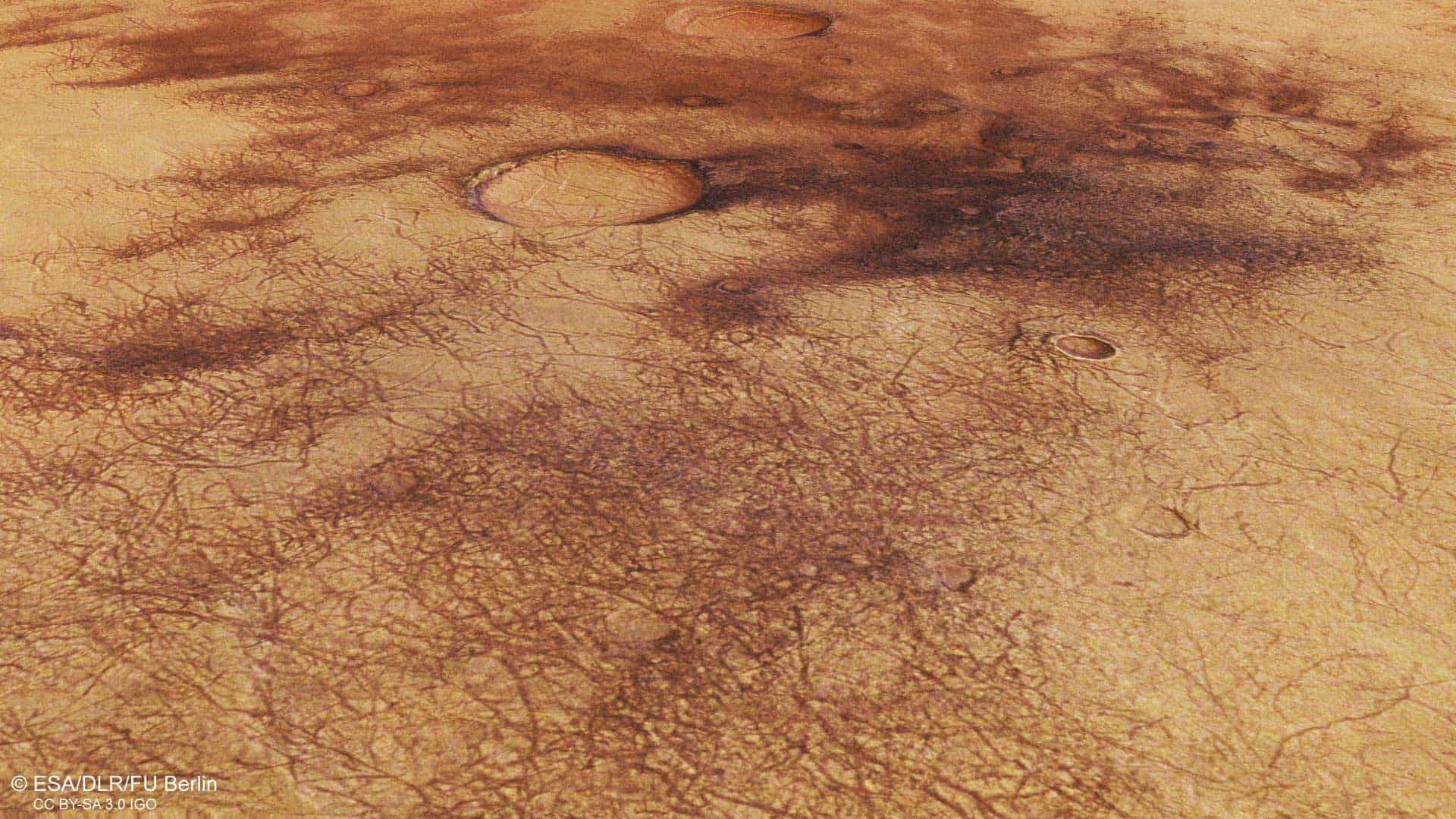 Strong Martian winds and dust devils: Insights thanks to deep learning and camera technology (Strong Martian winds and dust devils: Insights thanks to deep learning and camera technology)
Strong Martian winds and dust devils: Insights thanks to deep learning and camera technology (Strong Martian winds and dust devils: Insights thanks to deep learning and camera technology)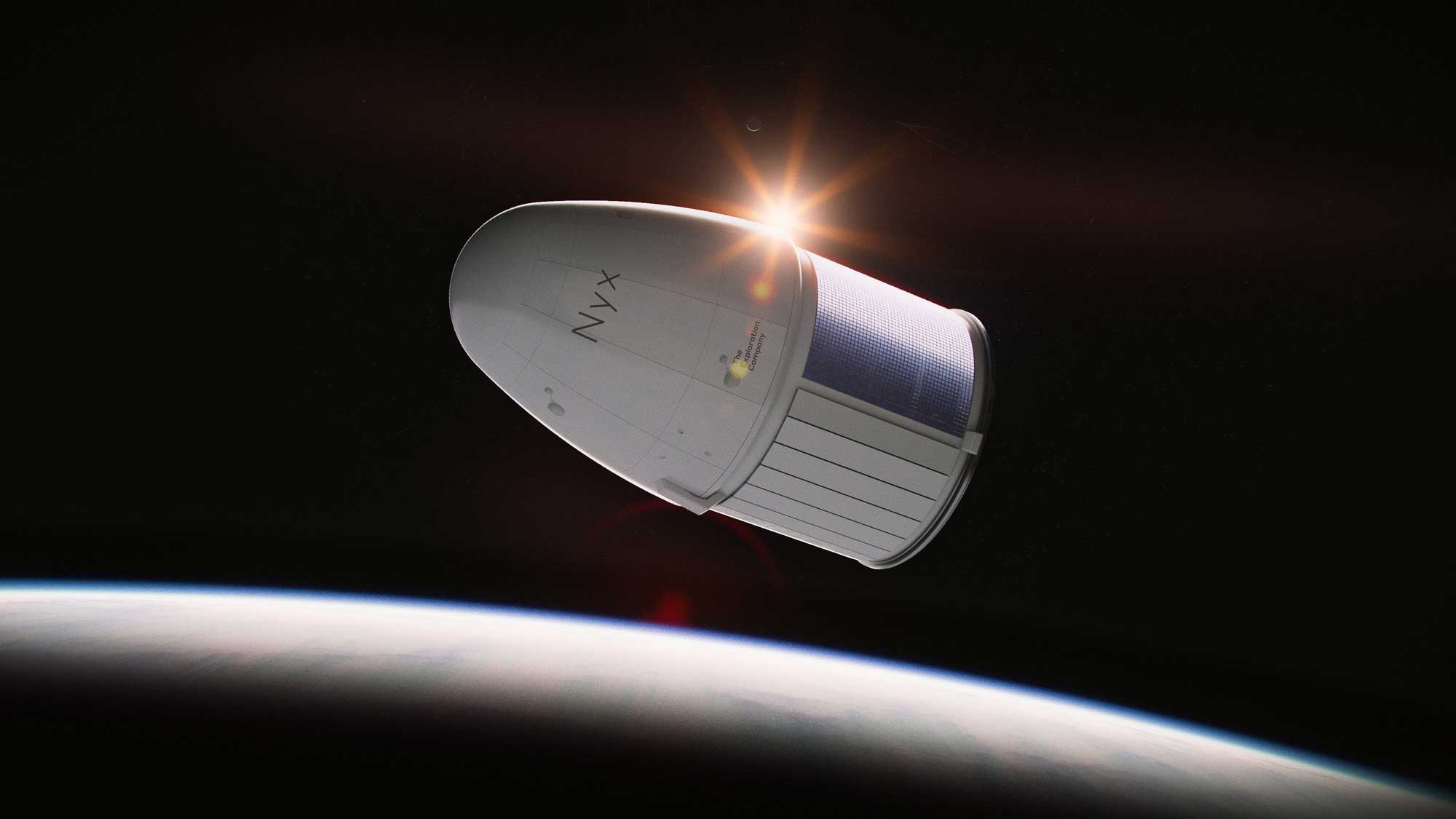 Space research: DLR buys flights on the “Nyx” space capsule (Space research: DLR buys flights on the “Nyx” space capsule)
Space research: DLR buys flights on the “Nyx” space capsule (Space research: DLR buys flights on the “Nyx” space capsule)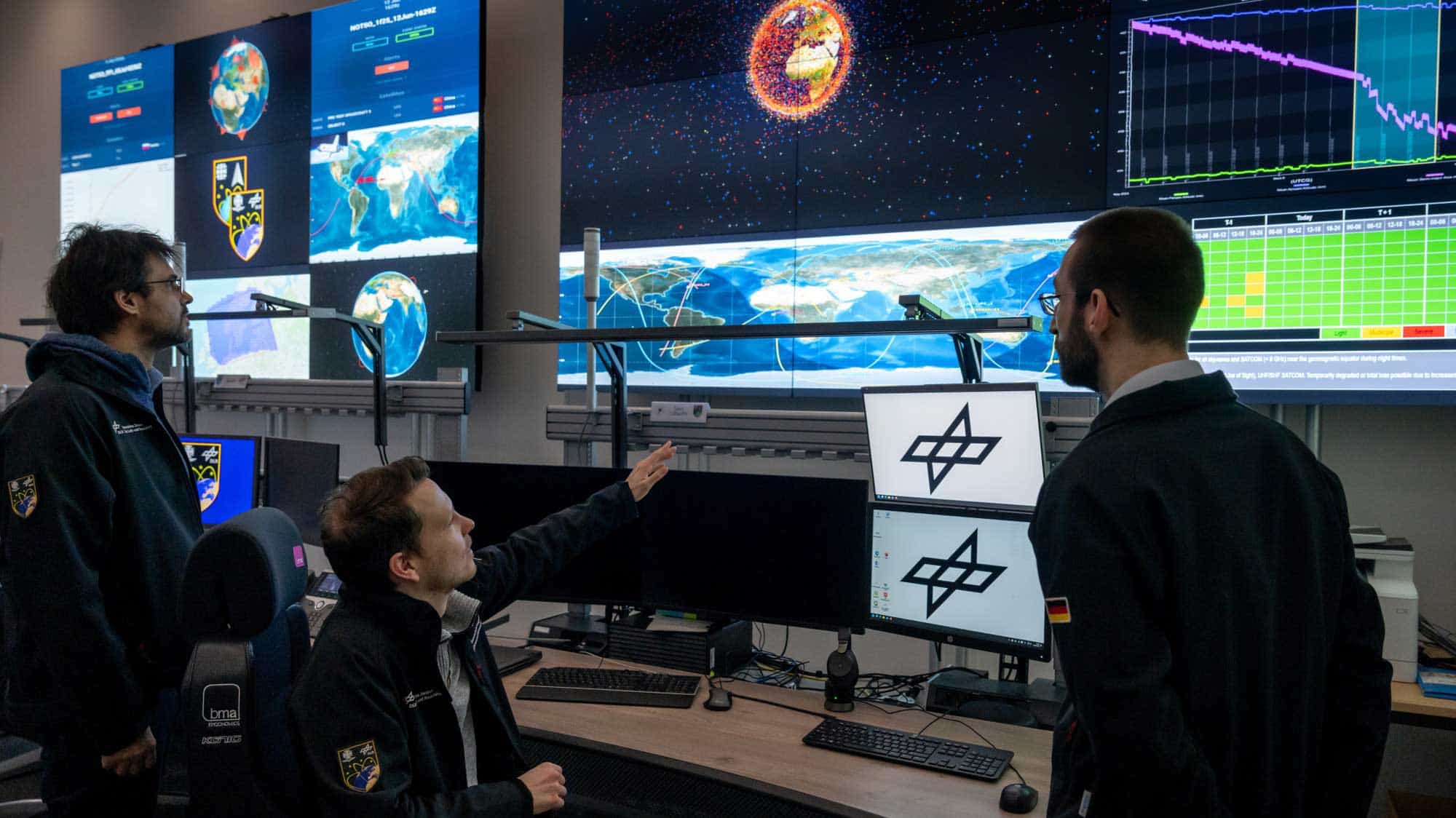 Safety in orbit: DLR & Bundeswehr use Uedem Space Situational Awareness Center (Safety in orbit: DLR & Bundeswehr use Uedem Space Situational Awareness Center)
Safety in orbit: DLR & Bundeswehr use Uedem Space Situational Awareness Center (Safety in orbit: DLR & Bundeswehr use Uedem Space Situational Awareness Center)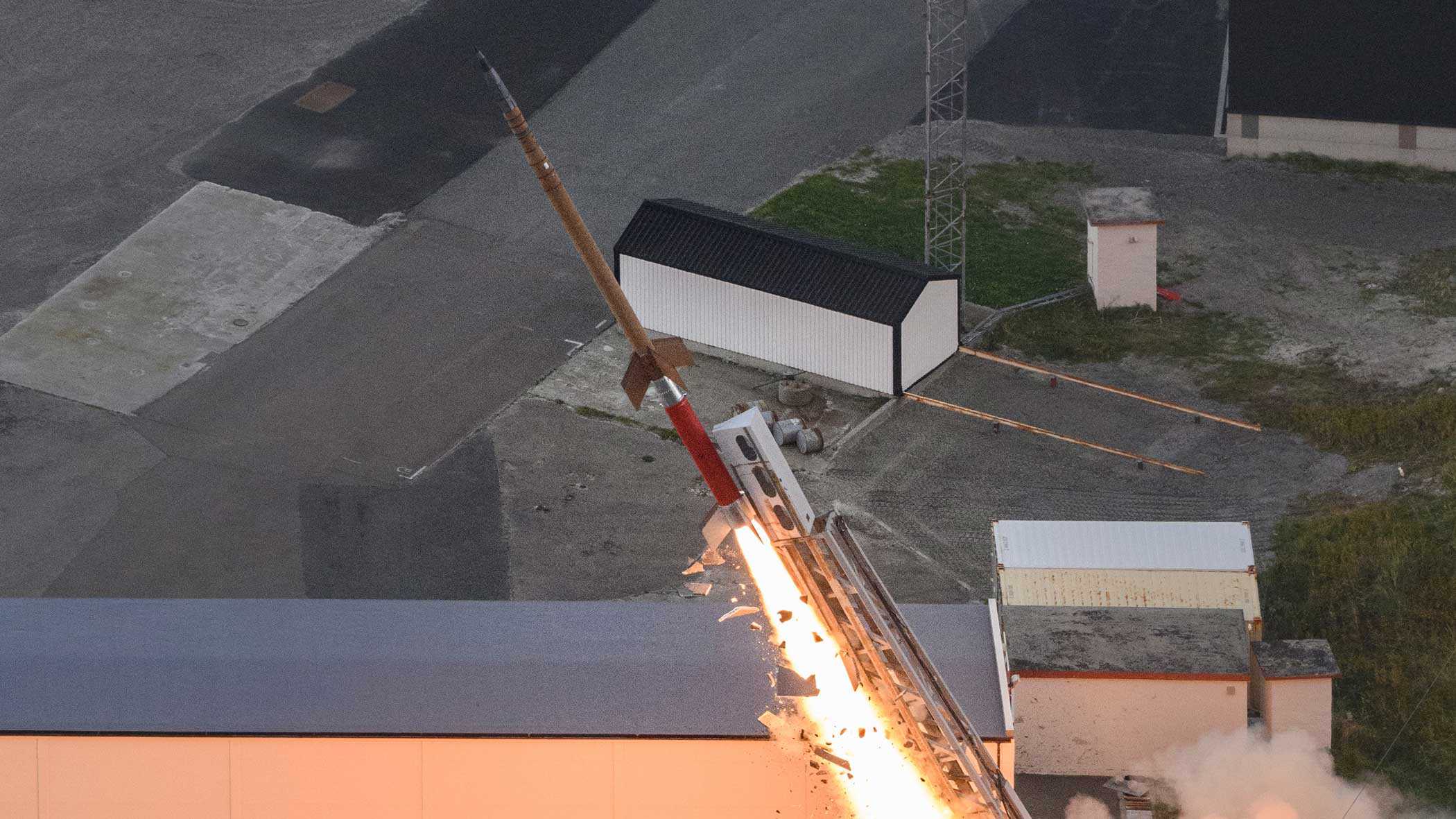 Reusable spacecraft: DLR’s ATHEAt flight experiment (Reusable spacecraft: DLR’s ATHEAt flight experiment)
Reusable spacecraft: DLR’s ATHEAt flight experiment (Reusable spacecraft: DLR’s ATHEAt flight experiment)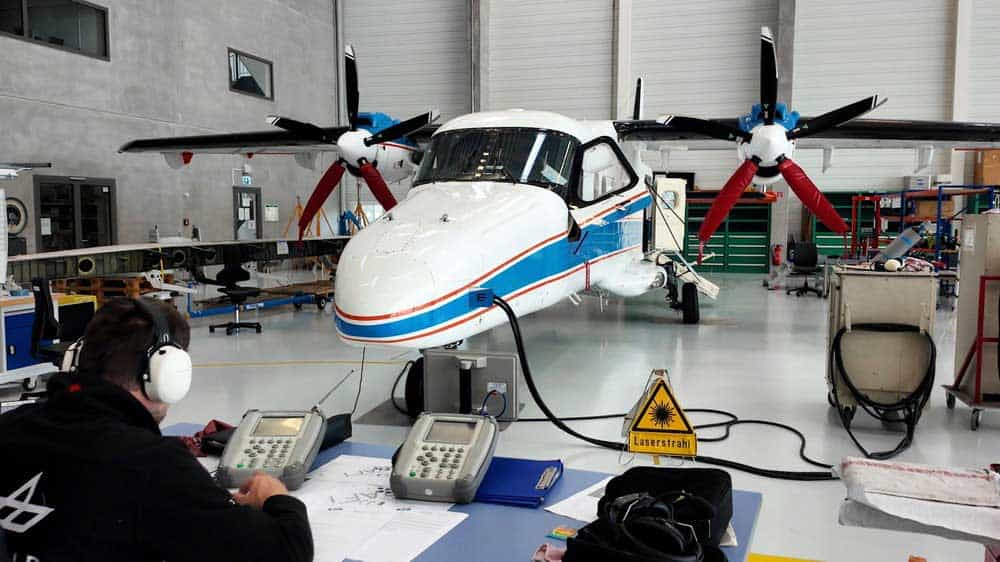 Quantum communication: From aircraft to ground stations and the quantum internet (Quantum communication: From aircraft to ground stations and the quantum internet)
Quantum communication: From aircraft to ground stations and the quantum internet (Quantum communication: From aircraft to ground stations and the quantum internet)